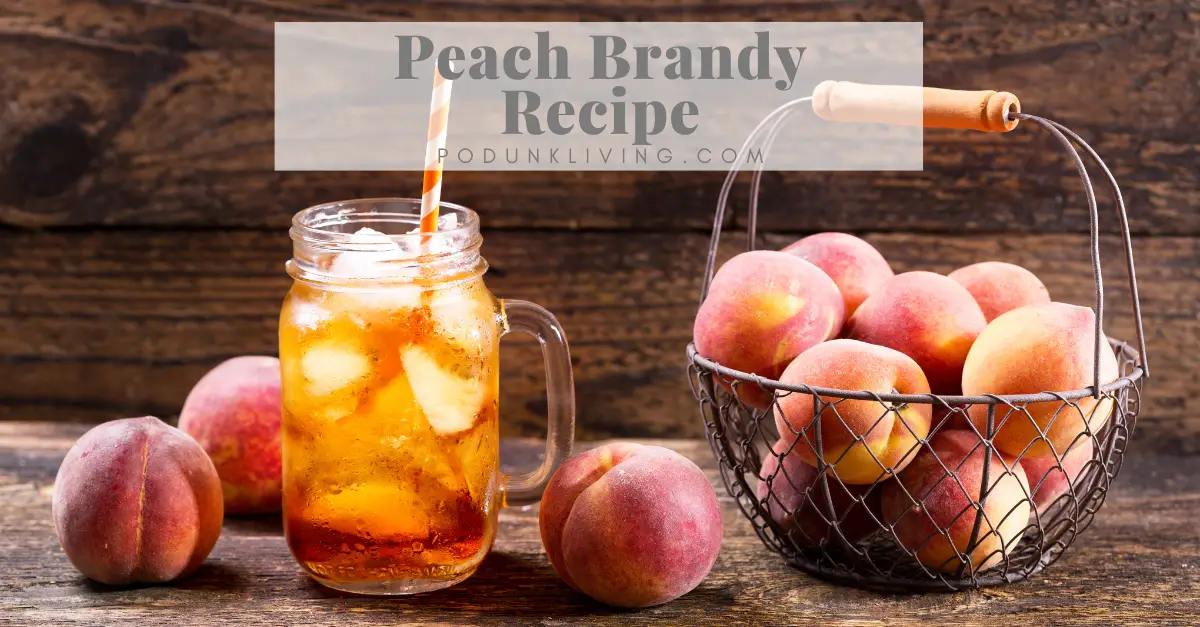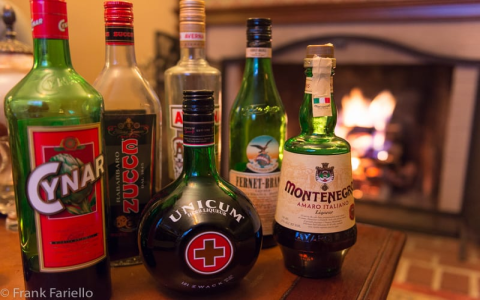Alright folks, gather ’round! Today I’m spillin’ the beans on my latest adventure: makin’ brandy mash. Now, I ain’t no professional distiller, but I like to tinker, and I figured, why not try my hand at a little homemade hooch? It’s been a wild ride, lemme tell ya!
First things first: the recipe hunt. I scoured the internet, read forums, watched a bunch of questionable YouTube videos – you know, the usual. Landed on a couple that seemed straightforward enough. One was a basic sugar wash deal, and the other used some cracked corn for a bit more flavor. Figured I’d start with the sugar wash to get my feet wet.

- Sugar Wash Recipe (Simplified):
- 8 lbs of sugar (plain ol’ white sugar)
- 5 gallons of water (good, clean stuff)
- 1 packet of distillers yeast (I used Turbo Yeast ’cause that’s what the store had)
Gettin’ started was easy. Boiled a couple of gallons of water to dissolve the sugar. Let it cool down a bit, then dumped it into my sanitized fermenting bucket. Added the rest of the water, making sure it was cool enough not to kill the yeast. Sprinkled in the yeast, gave it a good stir, slapped on the lid and airlock, and waited.
Patience is a virtue, they say. Took about a week for the fermentation to really kick off. Saw bubbles in the airlock, smelled that lovely (or not so lovely, depending on your tolerance) yeasty smell. Let it go for another week after the bubbling slowed down, just to be sure.
Next up, clearing. This is where things got a little tricky. The wash was cloudy as all heck. Tried using some clarifying agents – bentonite clay, if I remember right. Didn’t do much. Ended up just letting it sit for a few days to settle as much as possible. Still wasn’t crystal clear, but good enough for my amateur operation.
Now for the fun part: distillation. I’ve got a small pot still that I use for makin’ other stuff, so I hauled it out, cleaned it up, and got to work. Ran the wash through, making sure to discard the foreshots (that’s the nasty stuff at the beginning). Collected the hearts (the good stuff!), and stopped when the tails started to get funky.
The result? Well, let’s just say it wasn’t exactly top-shelf brandy. It was…rough. Pretty harsh. But hey, it was brandy (sort of)! I proofed it down with some distilled water and let it sit for a few days to mellow out a bit. It got better, but still needed some work.
Next, I tried the cracked corn recipe. This was a bit more involved, ’cause you gotta cook the corn to gelatinize the starches. I used a big pot on the stove, cooked the corn with some water until it was nice and thick. Let it cool, added some enzymes (to convert the starches to sugars), and then followed the same steps as the sugar wash: adding water, yeast, fermenting, clearing, and distilling.
This one was a game changer! The corn gave the brandy a much richer, more complex flavor. Still wasn’t perfect, but a huge improvement over the sugar wash. I aged some of it on oak chips (just toasted them in the oven a bit), and that made a big difference. Gave it a nice color and a smoother taste.

Lessons learned?
- Don’t skimp on the quality of your ingredients.
- Patience is key. Let the fermentation and aging processes do their thing.
- Experiment! Don’t be afraid to try different recipes and techniques.
Would I do it again? Absolutely! It was a fun and educational experience. Plus, I’ve got a decent stash of homemade brandy to enjoy (responsibly, of course!). Next time, I’m gonna try a fruit-based mash. Maybe some apples or pears. Stay tuned!











